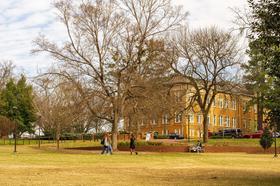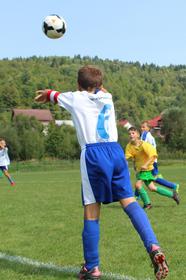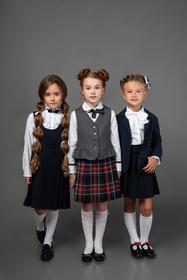Top Rankings
Tahlequah School District ranks among the top 20% of public school district in Oklahoma for:
Category
Attribute
Graduation Rate
Highest graduation rate (Top 20%)
Diversity
Most diverse schools (Top 1%)
Community Size
Largest student body (number of students) (Top 1%)
For the 2025-26 school year, there is 1 public preschool serving 160 students in Tahlequah School District.
Public Preschools in Tahlequah School District have a diversity score of 0.76, which is more than the Oklahoma public preschool average of 0.74.
Minority enrollment is 74% of the student body (majority American Indian), which is more than the Oklahoma public preschool average of 56% (majority Hispanic and American Indian).
Overview
This School District
This State (OK)
# Schools
6 Schools
820 Schools
# Students
3,610 Students
311,463 Students
# Teachers
234 Teachers
19,373 Teachers
Student-Teacher Ratio
15:1
15:1
District Rank
Tahlequah School District, which is ranked within the top 30% of all 532 school districts in Oklahoma (based off of combined math and reading proficiency testing data) for the 2022-2023 school year.
The school district's graduation rate of 88% has increased from 87% over five school years.
Overall District Rank
#153 out of 537 school districts
(Top 30%)
(Top 30%)
Math Test Scores (% Proficient)
31%
25%
Reading/Language Arts Test Scores (% Proficient)
30%
27%
Science Test Scores (% Proficient)
39%
31%
Graduation Rate
(20-21)86%
78%
Students by Ethnicity:
Diversity Score
0.76
0.74
% American Indian
33%
11%
% Asian
n/a
2%
% Hispanic
21%
20%
% Black
1%
8%
% White
20%
44%
% Hawaiian
n/a
1%
% Two or more races
25%
14%
All Ethnic Groups
District Revenue and Spending
The revenue/student of $10,987 is higher than the state median of $10,986. The school district revenue/student has stayed relatively flat over four school years.
The school district's spending/student of $11,949 is higher than the state median of $10,960. The school district spending/student has stayed relatively flat over four school years.
Total Revenue
$40 MM
$7,919 MM
Spending
$43 MM
$7,900 MM
Revenue / Student
$10,987
$10,986
Spending / Student
$11,949
$10,960
Best Tahlequah School District Public Preschools (2025-26)
School
(Math and Reading Proficiency)
(Math and Reading Proficiency)
Location
Quick Facts
Rank: n/an/a
425 South College
Tahlequah, OK 74464
(918) 458-4130
Tahlequah, OK 74464
(918) 458-4130
Gr: PK | 160 students Student-teacher ratio: 20:1 Minority enrollment: 74%
Recent Articles

School Vouchers 2025: Updated Pros and Cons
A 2025 update on school vouchers, including benefits, drawbacks, enrollment trends, and how vouchers affect public and private education.

The Role of Arts in Public Schools (2025 Update)
Explore why arts education remains vital in U.S. public schools, with updated data, new policy context, and insights for parents, students, and educators.

The Role of Sports in Public Schools in 2025
How sports in public schools shape learning, health, and community in 2025, with updated data, trends, and expert insights.





